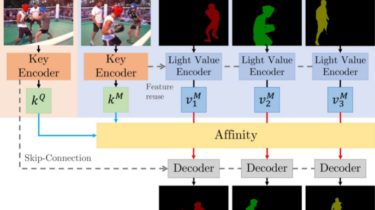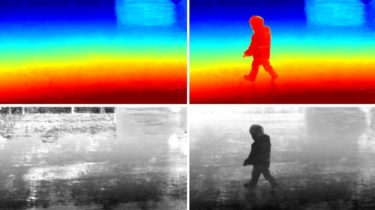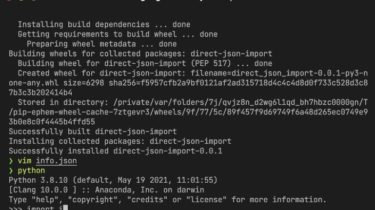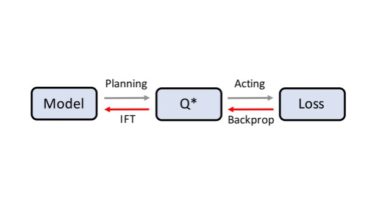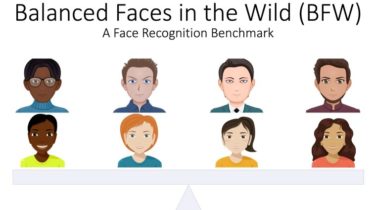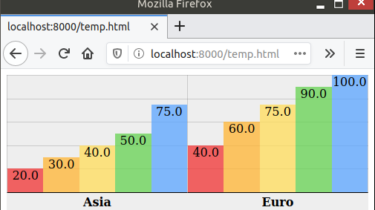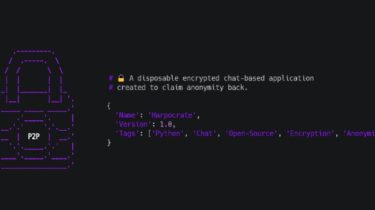Econ4: Uncovering how decision-making shapes individuals and society through behavioral public economics featuring Evan Rose and Hunt Allcott
Episode 124 | June 16, 2021 In the world of economics, researchers at Microsoft are examining a range of complex systems—from those that impact the technologies we use to those that inform the laws and policies we create—through the lens of a social science that goes beyond the numbers to better understand people and society. In this episode, Senior Principal Researcher Hunt Allcott talks with Postdoctoral Researcher Evan Rose
Read more
